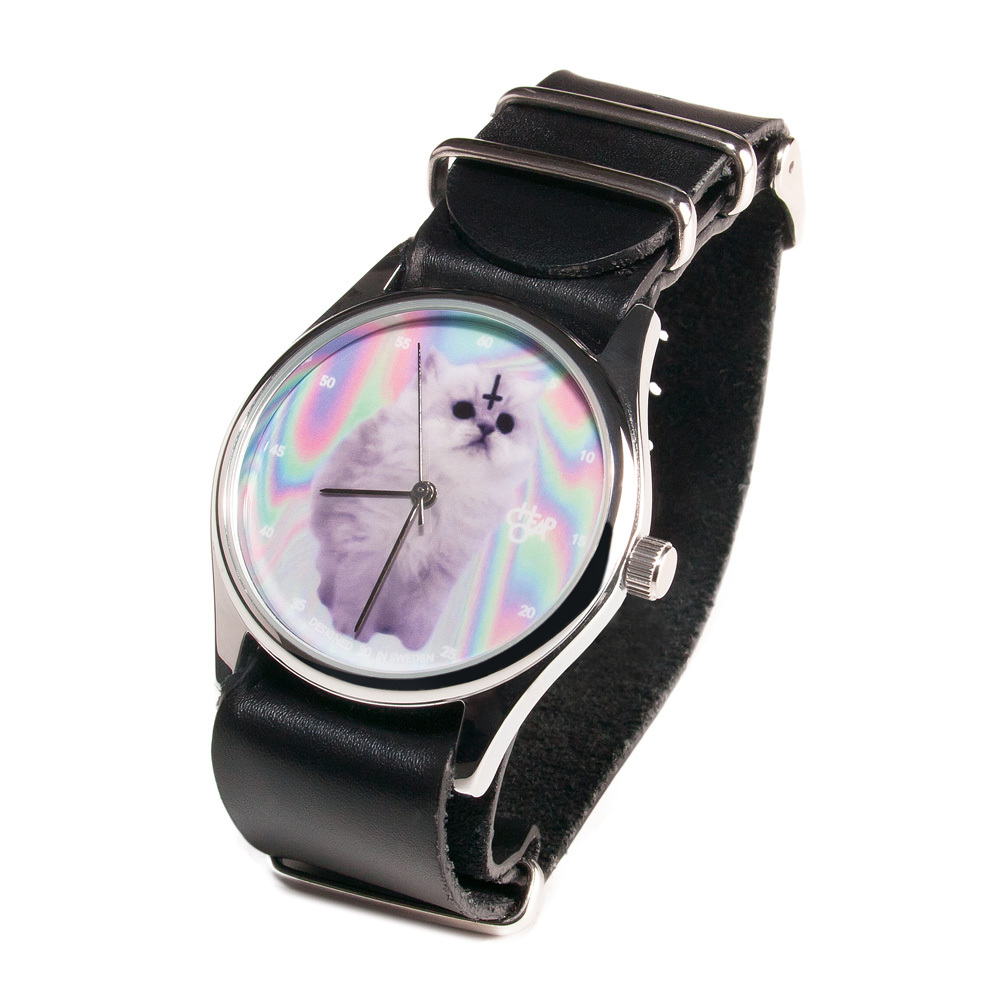Void Watches
In an age when we always know the time, David Ericsson offers clean, attractive designs that shape our perception of it

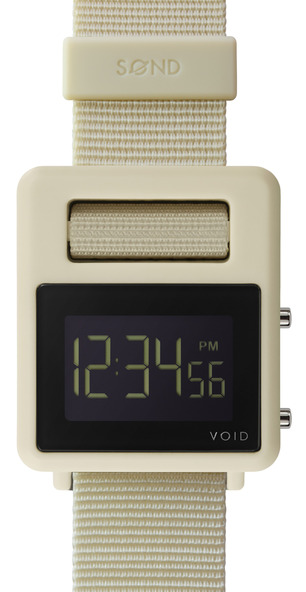
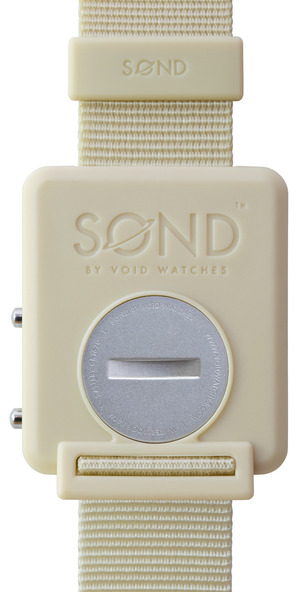
Seven years ago Swedish industrial designer David Ericsson left his industry behind to find himself in Hong Kong, steering one of the most stylistically interesting modern watch brands: Void. It’s a brand that was initially developed using one of Ericsson’s own bonus checks, and its varied collection (numbering a total of nine models) has a designer’s attention to detail, displaying great focus on materials and intelligent problem solving. Today, the brand offers both digital and mechanical timepieces in the heavily contested “design watch” arena, with the latest model—Sond—coming in at under a $100.
Until recently, Void’s watches were driven exclusively by the trusty quartz—a movement that makes some purists shudder on hearing its name. Yet, while Ericsson does quote the trusty “accuracy” adage, he straddles the fence with intelligent arguments for and against both variants. Asked why he’s finally developed an automatic, the designer says, “I love mechanics. It’s that simple. Although, there’s no proper reason for anyone to make a mechanical watch at all these days! Our quartz movements are probably more accurate time-tellers than a Rolex. Yet it’s for the passion of it that we use analog—and because we can.”
Having now designed with both analogue and digital formats, Ericsson believes that each holds challenges for the creator. “A digital watch has slightly fewer elements that might make it easy to work with. On the other hand, I think that there are far more beautiful analog watches than digital on the market, so perhaps it’s not actually that easy after all. From a manufacturing point of view, a digital watch is, of course, more rational to produce,” he says.
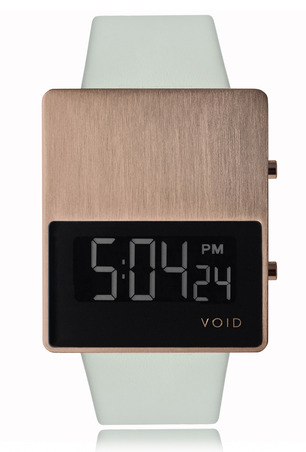

Perhaps the most well-known of Ericsson’s designs is the VO1, a blocky metal form housing a rectangular, blacked out digital (or LED) display. Its use of space is similar to that of good graphic design: an opulent use of white space—or, in this case, brushed 316 steel—and two-thirds/one-third face to space proportions. The only branding mark is the Void logotype in the bottom right corner of the display, leaving the beauty of the case material clean and crisp. It’s easy to see why many in the design industry have taken Void into their hearts and onto their wrists.
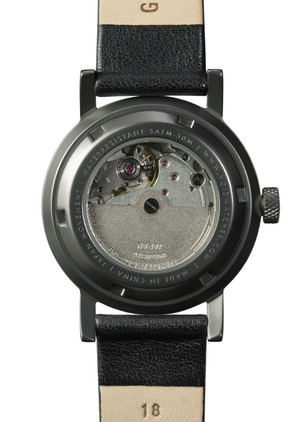
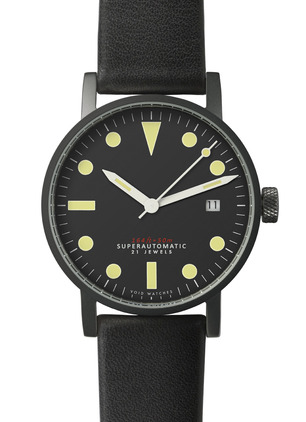
The main function is already solved, so it’s not time itself, but about the user’s perception of time and the format you want to display it in.
Tracing the development of the brand through, there’s a clear progression of design; from the VO1 to the classically inspired VO3M, a reasonably-priced modern homage piece to a few horological classics. There’s even a Void chronograph.
Ericsson notes that these days the designing of a new watch is about how the notion of time itself is framed. “The main function is already solved, so it’s not time itself, but about the user’s perception of time and the format you want to display it in. You could almost see it like packaging a commodity in an appetizing way and hopefully make people appreciate the value of it a bit more,” he explains.
The only thing Void does not yet feature is carbon or a composite. Indeed, like the mighty Swatch, Void could be one of the few companies whose use of plastic is a joy to behold. The colorways are subdued and softened by clever use of matte and surface brushing to keep things from shining excessively. And the designer refuses to compromise on materials: “I think materials are always important no matter what way you look at it. Food cooked with good quality ingredients tastes better, it’s the same with products. I think I have incorporated that thinking into Void by using honest materials. By that I mean that we don’t take shortcuts when it comes to material choices. We use solid steel where mass market brands use alloys and plate them to make the look more like ours. I hope that this resonates through the brand.”
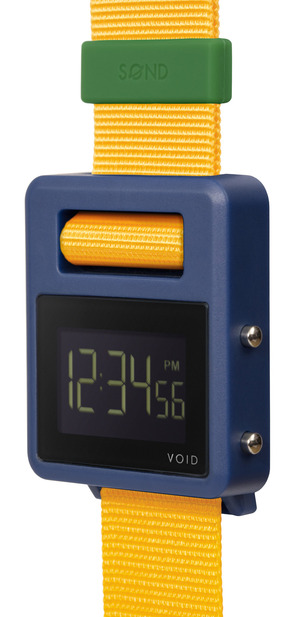
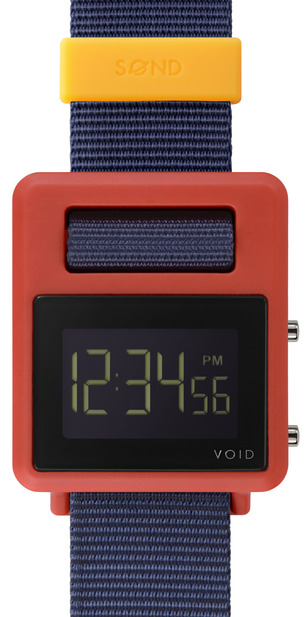
With a long development lead time and deceptive simplicity, Sond is Ericsson’s latest release. Again, featuring the rectangular case and two-thirds/one-third proportion between digital unit and case, it features an innovative fastening system and one-piece case. Sond has its own color system as well, with eight different shades resulting in 500 different combinations. There’s a cheekiness and playfulness to the piece—a sense of character that belies its affordability. “It often takes time to get things right, especially when you do something new. We made a lot of prototypes and tests,” says Ericsson.
The Sond was a labor of love for the designer, an engineering endeavor that had to be investigated. “Once you solve it, it’s an easy product to produce but to get there is tricky. We had to make a mould to inject the case but because of the strap we need a number of sliding cores in the tooling. I don’t want to become too technical, but there’s a lot of engineering going into the mechanics of the watch,” he explains. “It was important for me to make the watch feel like a true monocoque construction without screws to open it and no visible parting lines. And that required a bit of thinking and arm wrestling.” The designer points out that the mechanism (like that of backpack strap) is nothing new, it’s the use on a wrist watch that is.
In a time when wearables are oftentimes nothing more than overpriced pedometers and smartwatches fall short aesthetically, one of the most attractive battery-driven wristwatches comes from a Swede in Hong Kong, whose affordable Sond packs more design and features than many others that cost quadruple the amount. “I couldn’t think of a more fun product category. I love watches. I guess designing sailboats would have been one step better, but I still haven’t given up hope.”
Void watches are available for purchase online, with prices starting at $95.
Images courtesy of Void Watches


